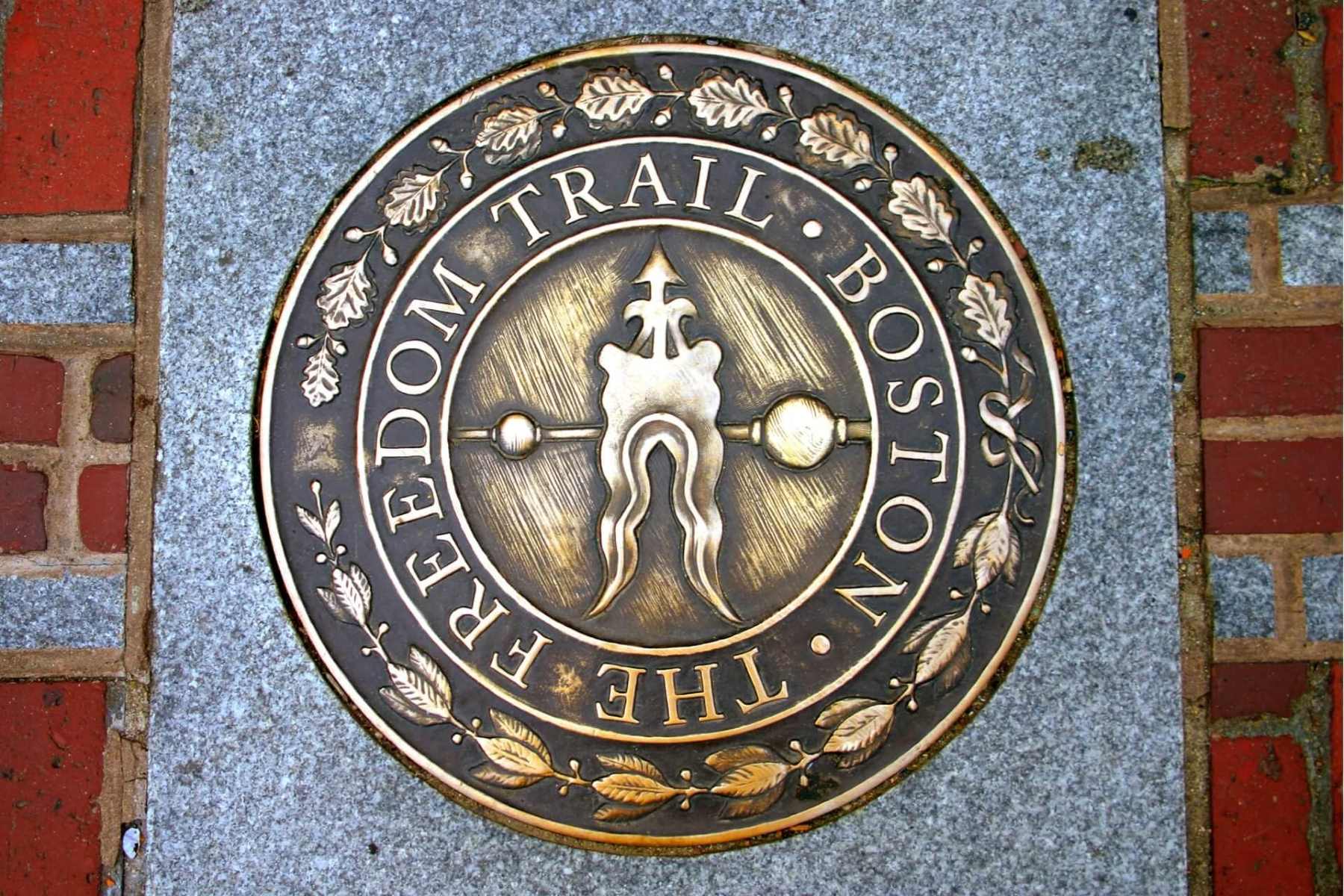Secrets Behind Boston’s Freedom Trail

Have you ever wondered what makes Boston's Freedom Trail so special? This 2.5-mile path takes you through 16 historical sites, each with its own story to tell. From the Boston Common, the oldest public park in the U.S., to the Paul Revere House, where the famous midnight rider lived, the trail offers a walk through history. You'll see the Old North Church, where two lanterns signaled the British were coming, and the site of the Boston Massacre, a pivotal event leading to the American Revolution. Walking the Freedom Trail is like stepping back in time, making it a must-see for history buffs and curious travelers alike.
Discovering Boston's Freedom Trail
Boston's Freedom Trail is a 2.5-mile-long path through downtown Boston that passes by 16 locations significant to the history of the United States. This trail is a walk through history, offering a glimpse into the American Revolution and the birth of the nation. Let's explore some of the key spots along this iconic route.
Historic Sites on the Freedom Trail
Walking the Freedom Trail is like stepping back in time. Each stop tells a story of courage, struggle, and triumph. Here are some must-see places along the trail:
Boston Common
- The starting point of the Freedom Trail, Boston Common is America's oldest public park. Established in 1634, it has served as a camp for British troops and a site for public speeches and protests.
Massachusetts State House
- Built in 1798, this grand building with its iconic golden dome is the seat of the Massachusetts government. It stands as a symbol of the state's rich political history.
Park Street Church
- Founded in 1809, Park Street Church is known for its role in the abolitionist movement. It was here that William Lloyd Garrison delivered his first anti-slavery speech.
Granary Burying Ground
- This historic cemetery is the final resting place of many notable figures, including Paul Revere, Samuel Adams, and John Hancock. It's a place where history literally lies beneath your feet.
King's Chapel and Burying Ground
- Established in 1686, King's Chapel is a beautiful example of Georgian architecture. The adjacent burying ground is one of the oldest in Boston, dating back to 1630.
Benjamin Franklin Statue and Boston Latin School Site
- This site marks the location of the first public school in America, founded in 1635. A statue of Benjamin Franklin, one of the school's most famous dropouts, stands proudly here.
Revolutionary Landmarks
The Freedom Trail is dotted with landmarks that played crucial roles during the American Revolution. These sites offer a deeper understanding of the events that shaped the nation.
Old Corner Bookstore
- Once a meeting place for writers like Ralph Waldo Emerson and Nathaniel Hawthorne, this building is a testament to Boston's literary heritage.
Old South Meeting House
- Built in 1729, this historic church was the organizing point for the Boston Tea Party. It stands as a symbol of the colonists' fight for freedom.
Old State House
- The oldest surviving public building in Boston, the Old State House was the site of the Boston Massacre. Today, it serves as a museum dedicated to the American Revolution.
Boston Massacre Site
- Located in front of the Old State House, this site marks the spot where British soldiers killed five colonists in 1770, an event that fueled the revolutionary spirit.
Faneuil Hall
- Known as the "Cradle of Liberty," Faneuil Hall has been a marketplace and a meeting hall since 1742. It was here that many important speeches encouraging independence were made.
Heroes of the Revolution
The Freedom Trail also highlights the lives and contributions of key figures in the American Revolution. These sites honor their legacy and bravery.
Paul Revere House
- The oldest remaining structure in downtown Boston, this was the home of Paul Revere, the famous patriot who made the midnight ride to warn of British troop movements.
Old North Church
- Built in 1723, this church is where the famous "One if by land, two if by sea" signal was sent, alerting patriots of the British approach. It's a must-visit for history buffs.
Copp's Hill Burying Ground
- This cemetery is the final resting place of many notable Bostonians, including merchants, artisans, and craftspeople who played a role in the city's development.
Bunker Hill Monument
- This 221-foot granite obelisk commemorates the Battle of Bunker Hill, one of the first major battles of the American Revolution. Climb to the top for a stunning view of the city.
USS Constitution
- Known as "Old Ironsides," this historic ship is the oldest commissioned warship afloat in the world. It played a crucial role in the War of 1812 and remains a symbol of American naval strength.
Discovering Boston's Freedom Trail
Boston's Freedom Trail offers a unique glimpse into America's past. Walking through historical landmarks like the Paul Revere House and Old North Church, you feel connected to the Revolutionary War era. Each stop tells a story of courage and determination.
Exploring the trail is more than just a history lesson. It's an adventure that brings colonial times to life. Whether you're a history buff or just curious, the Freedom Trail has something for everyone.
Don't forget to check out the Boston Common and Faneuil Hall. These spots are perfect for a break and some local food.
Boston's Freedom Trail is a must-see. It’s a walk through history that you won't forget. So grab your walking shoes and get ready to step back in time.

